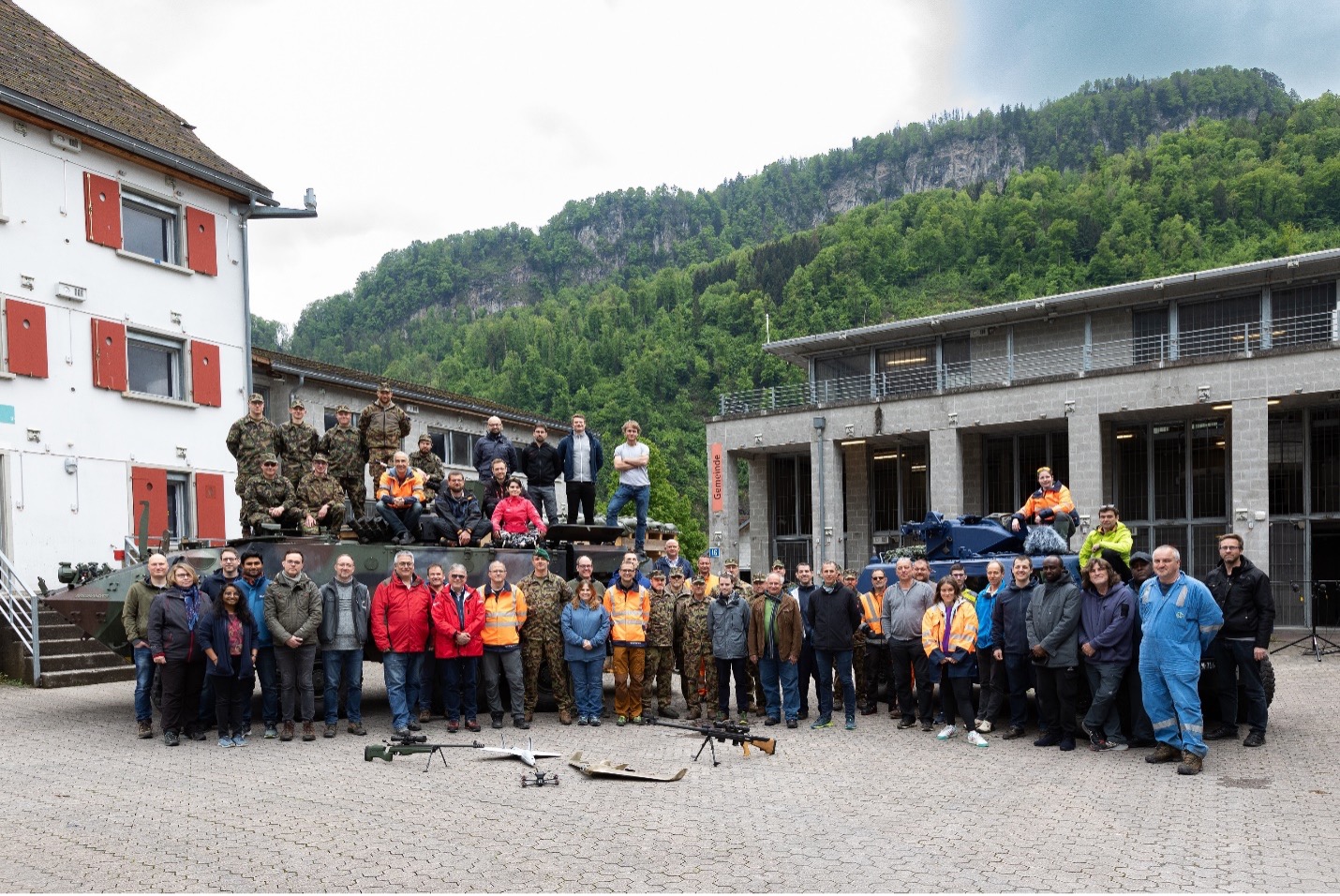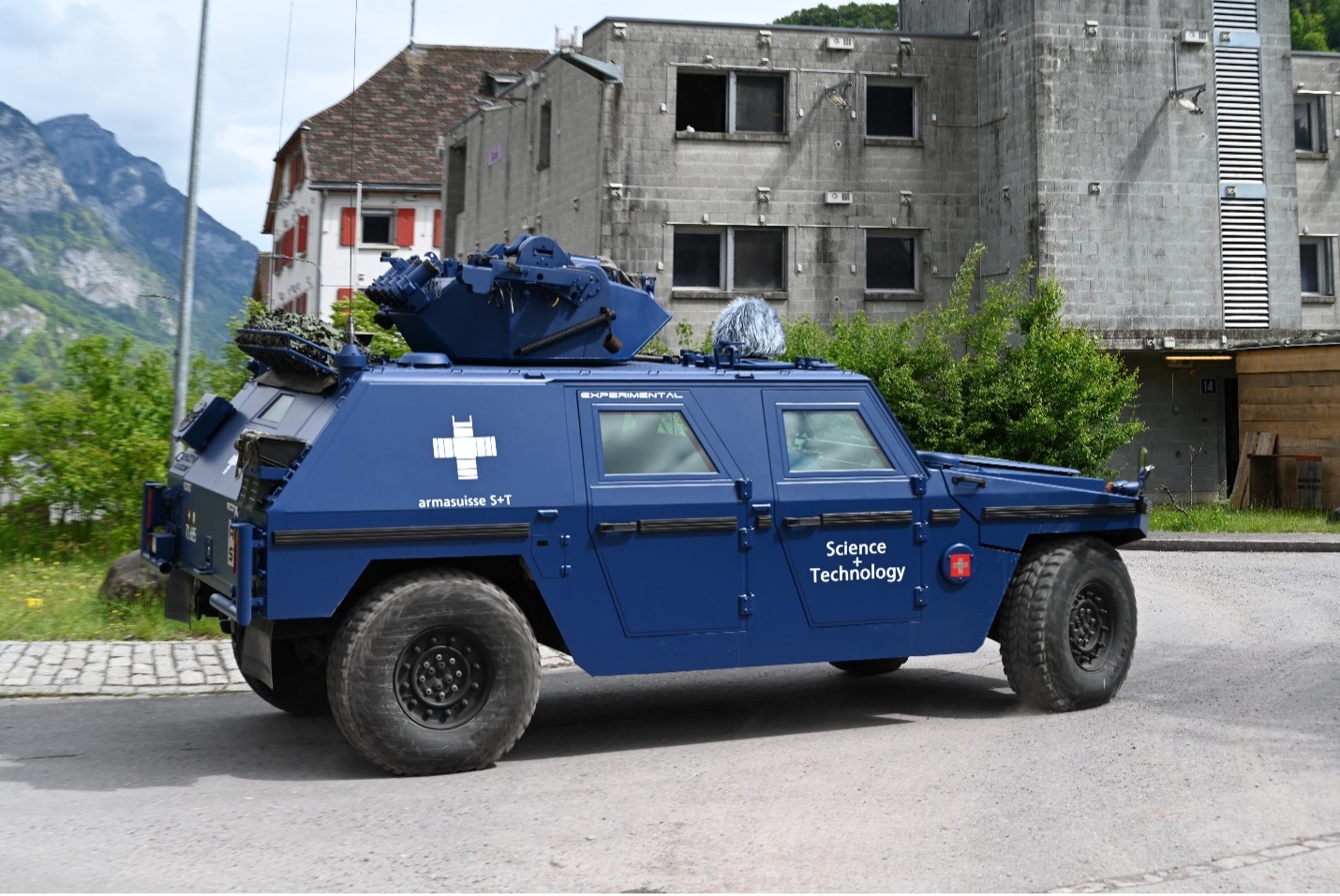
A NATO STO research team held a field experiment on reconnaissance technologies in Switzerland earlier this spring, as part of ongoing work to detect hazards in urban environments. Formed under the STO Sensors and Electronics Technology (SET) Panel, the team carried out the experiment from 13-20 May 2023 in Walenstadt, Switzerland, with support from the Federal Office for Defence Procurement of Switzerland (Armasuisse).
The team (SET-286) aims to explore the potential of acoustic and seismic sensing to detect threats in urban environments. Acoustic and seismic sensing technologies can play a key role in detecting and localizing threats in obstructed environments, where the sounds and vibrations emitted by sniper shots, explosions or vehicles often propagate behind or beneath obstacles and buildings. Although previous STO research groups have explored the use of acoustic sensing on the battlefield, the Walenstadt experiment is one of the most exhaustive in a real urban environment.
“Acoustic and seismic surveillance in urban areas is an emerging concern for the protection of soldiers, vehicles and sensitive infrastructures”, says Dr Sylvain Cheinet (FRA), CEO of Sesame Acoustics, and co-chair of the team. “We want to develop surveillance systems adapted to these conditions, and the experiment provides comprehensive data for that purpose”.

Photo: VBS/DDPS
The May field experiment aimed to test and measure the effect of various reconnaissance technologies in an urban terrain. A military training village in Walenstadt was used to simulate an urban environment, with shots of various calibers fired from houses and street canyons, drones flying throughout the area, and a series of controlled explosions in bunkers, buildings and in the open. The team deployed various types of acoustic, radio-frequency, electro-optic and seismic sensors throughout the village to detect the small-arm fires, explosions and drones. The measurements were carried out under various scenarios, and weather data was measured, as well.
The team will evaluate the data collected during the experiment over the coming weeks, and will begin assessing the methods and technologies tested.
For more information about the SET-286 group or to learn more about the work of the SET Panel, please contact SET@cso.nato.int. Published by SET |
